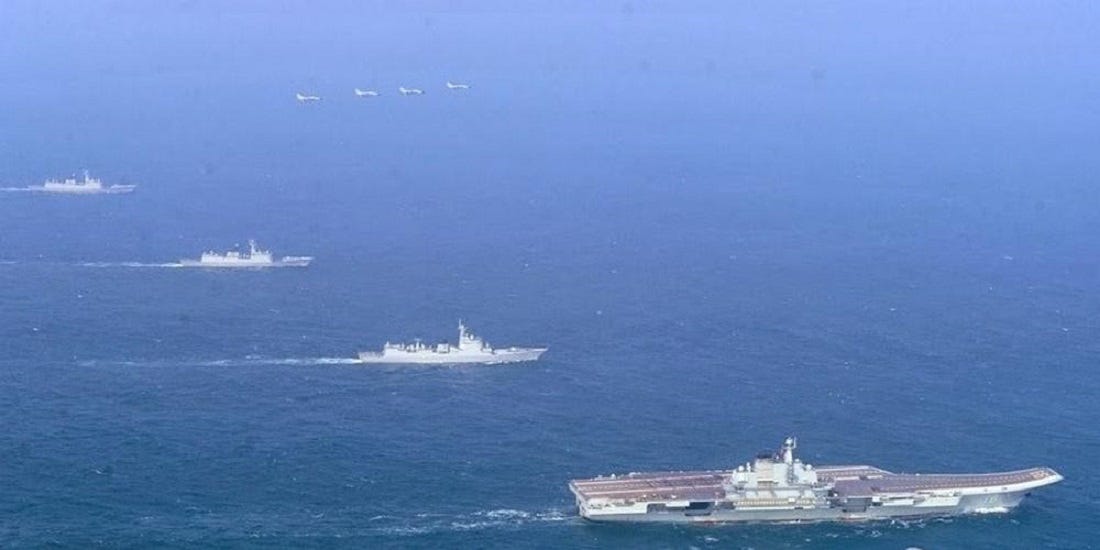How did Modi manage to do so much in the US on a fast?
DIPLOMACY: K.P. Nayar
In Washington, it was easier for these agencies to go through this exercise than in New York. In the national capital, the prime minister was a guest of their president and he stayed in the premises controlled by them: Blair House, where the American president’s very special guests are put up, is an extension of the White House on Pennsylvania Avenue, on the opposite side of the main presidential mansion, and literally in the shadow of the executive offices of the United States of America’s head of state.
US government agencies have considerable experience in this kind of investigative work, and they have done it as often as needed for several decades, sparing only leaders whom they consider to be of little consequence. Ten years ago, I was alerted to an advertisement in the Journal of the American Medical Association while idly watching a programme on NBC News at my home in Washington. The advertisement was overtly put in by the US Central Intelligence Agency, which has been otherwise periodically advertising in publications as prestigious as The Economist, seeking analysts with proficiency in Arabic, and separately, candidates familiar with South Asia — to be read in the current geostrategic context primarily as Pakistan and Afghanistan.
The JAMA advertisement, however, was curiously different. It sought “medical analysts (who will) assess the physical health of foreign leaders”. When Manmohan Singh went to Washington only a few months after the CIA accelerated its process of recruiting medical analysts, he stayed at Blair House on White House property.
Three conclusions, two of them overlapping, are plausible on why Singh’s stay in Blair House was agreed to. One is that India’s external spy agency, the Research and Analysis Wing, was unaware then that the CIA was stepping up its efforts to assess the physical health of foreign leaders. The second conclusion is that RAW knew that the CIA was woefully short of medical analysts at that time and took the view that there was no national security risk in Singh’s occupancy of Blair House. A third opinion is that Singh’s health was good enough then to withstand scrutiny by anyone and the country had little to lose by exposure, covert or otherwise.
Since I had a fair opinion of RAW then, before it was dented by turmoil, favouritism and a culture of godfathers and patronage in subsequent years, the second conclusion seemed plausible. I could reasonably append the third opinion to that if only because it is public knowledge that the United Progressive Alliance prime minister’s health deteriorated in subsequent years in a way that he could not be exposed to covert scrutiny of his condition by foreign agencies. Whatever may be the basis of this conundrum, the indisputable fact is that on subsequent visits — and there were some after July 2005 — the prime minister declined successive White House entreaties to stay in Blair House. Singh always chose a suite in the Willard Intercontinental Hotel, which was not far from Blair House, but on a floor that was regularly being used by the Indian embassy for visiting ministers, where it had greater control over its management, structure and operations.

